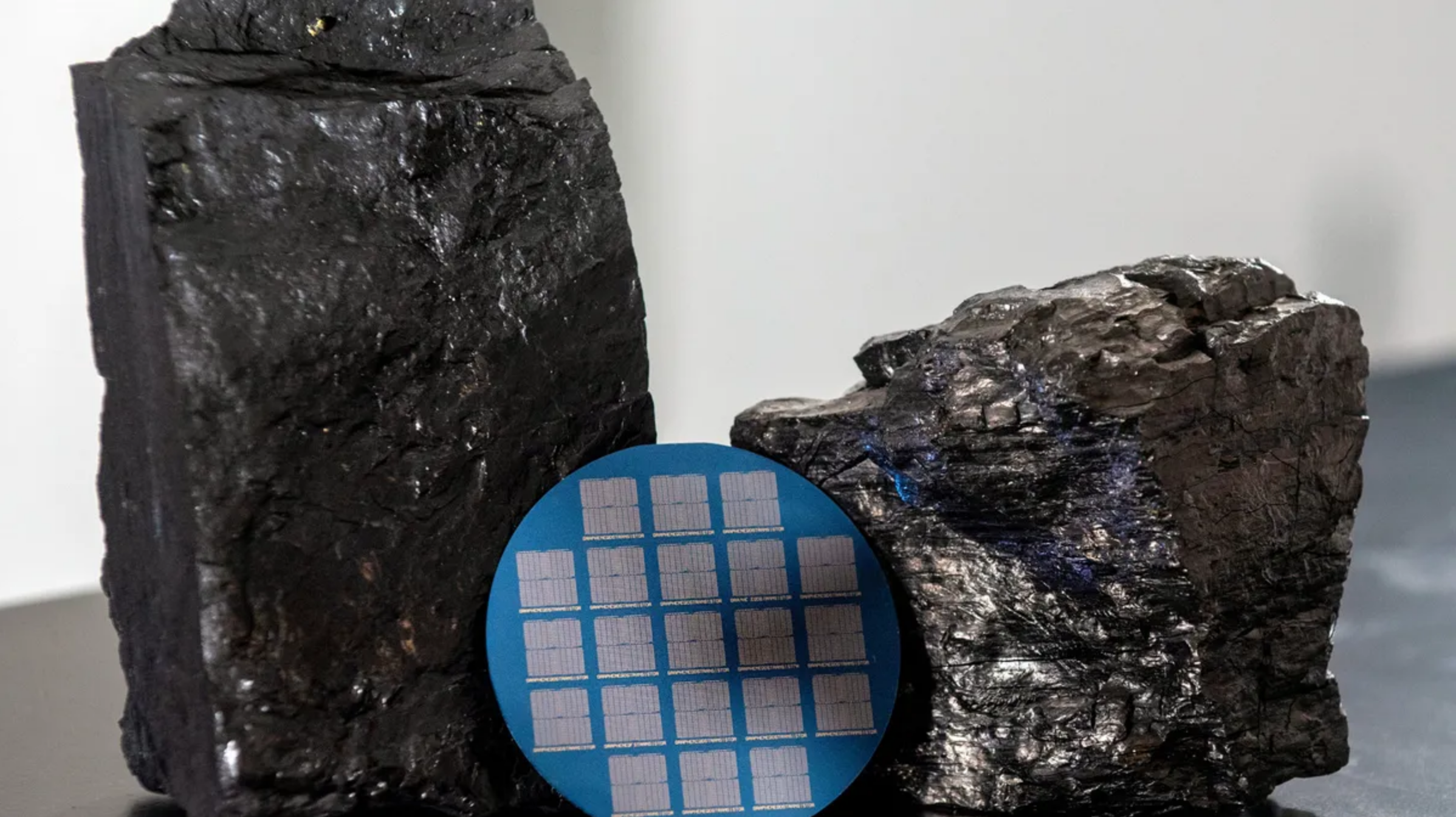Although Coal continues to play a significant role in supplying energy to various regions globally, its adverse effects are indisputable. As we move towards a more sustainable future, transitioning away from coal and towards cleaner energy sources is crucial.
However, recent research conducted by scientists underscores the potential pivotal role that coal can play in the development of next-generation electronic devices.
Unlocking the Transformative Potential of Coal:
Researchers from the US National Energy Technology Laboratory (NETL), the University of Illinois Urbana-Champaign, the Oak Ridge National Laboratory, and the Taiwan Semiconductor Manufacturing Company have devised a processing technique capable of converting coal into incredibly thin high-purity materials that are only a few atoms thick.
The Atomically Thin Insulators in Semiconductor Advancements
As ultrathin semiconductors advance, the crucial need for atomically thin insulators, essential for constructing transistors and memristors, has become evident.
The NETL’s groundbreaking process converts coal char into minuscule nanoscale carbon disks termed “carbon dots.” These atomically thin carbon dots form the foundation for creating membranes essential in advanced electronic technologies, notably two-dimensional transistors, and memristors, crucial components for the next generation of microelectronics.
The research group showcased their application in two-dimensional transistors, achieving more than double the operating speeds with reduced energy consumption. Amorphous carbon layers derived from coal were employed to prevent leakage currents, enhancing device performance and operational efficiency.
Unlocking AI Potential
Exploring memristors (a fusion of memory and resistor), an indispensable technology for advancing Artificial Intelligence, researchers found that coal-derived carbon layers significantly reduced energy consumption. This advancement speeds up operations and ensures enhanced data storage reliability, thereby amplifying the capabilities and implementation of AI technology.







